¾ Inch Minus and ¼ Inch Minus Limestone
The trail segment is composed of 4 inches of ¾ inch minus limestone and approximately 50 percent dust as a base; and a 2 inch top‐dressing of ¼ inch minus limestone and dust. This trail segment is 5 feet wide by 50 feet long and contains timber edging. This segment maintained itself well in dry temperatures (June – August; 100 degree temps), remaining hard and compacted under foot. It did then show signs of becoming loose under foot at the first two days of heavy rainfall. The surface stayed soft under foot, enough to see footprints compacted and not return to the surface, but did not show any signs of erosion. The surface appeared to become firm and stable under foot more quickly than the ¼ inch surface; most likely as a result of a base composed of larger fines to allow for more adequate drainage.
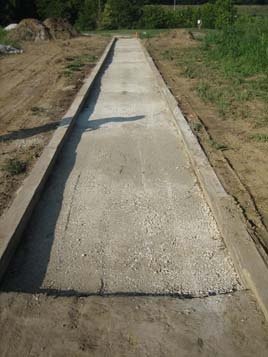
Three Quarter Inch Minus Base and Quarter Inch Minus Top Limestone trail segment is composed of 4 inch base; and a 2 inch top-dressing. August 9, 2007.
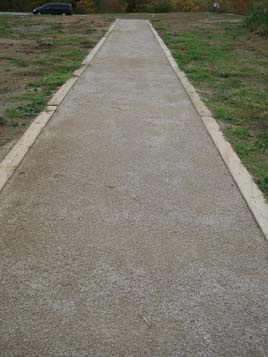
Three Quarter Inch Minus Base and Quarter Inch Minus Top Limestone trail segment maintained itself in dry temperatures. October 19, 2007.

Three Quarter Inch Minus Base and Quarter Inch Minus Top Limestone trail segment after heavy rain. March 13, 2008.
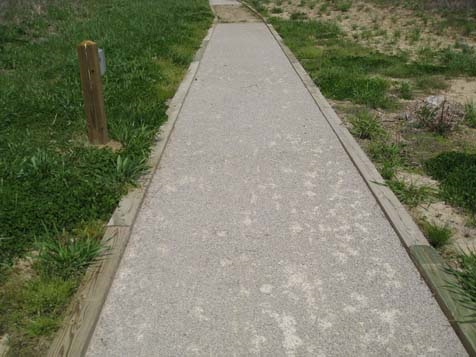
Three Quarter Inch Minus Base and Quarter Inch Minus Top Limestone trail segment firmed back up more quickly than the ¼ inch surface. May 6, 2008.
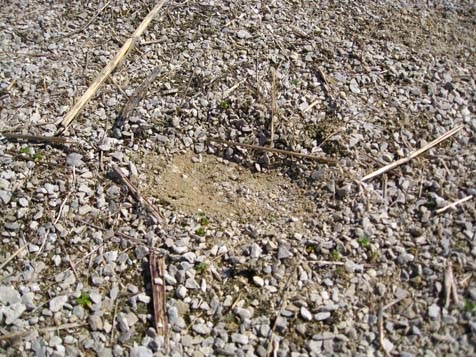
Three Quarter Inch Minus Base and Quarter Inch Minus Top Limestone trail segment showed signs of footprints after heavy rain. March 17, 2009.
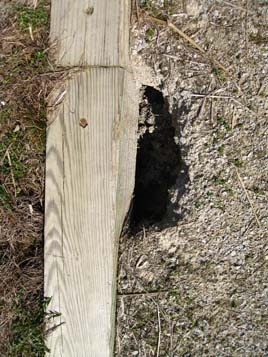
Three Quarter Inch Minus Base and Quarter Inch Minus Top Limestone trail segment after heavy rain. March 17, 2009.
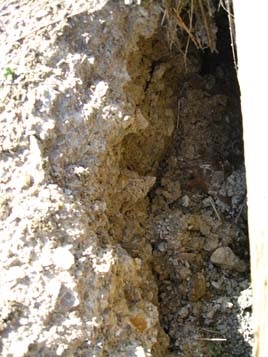
Three Quarter Inch Minus Base and Quarter Inch Minus Top Limestone trail segment after heavy rain. March 17, 2009.
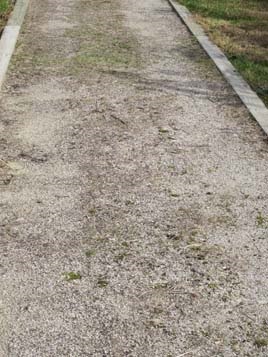
Three Quarter Inch Minus Base and Quarter Inch Minus Top Limestone trail segment became firm and stable under foot more quickly than the ¼ inch surface. November 2, 2011.

User Comments/Questions
Add Comment/Question